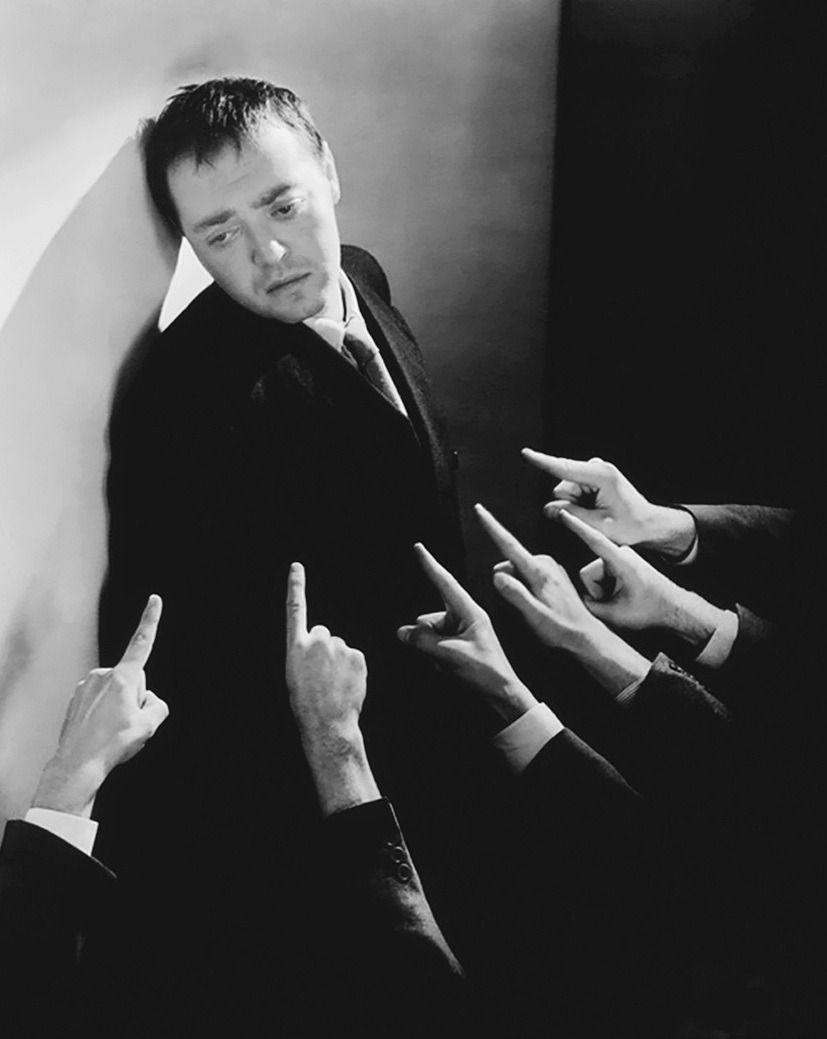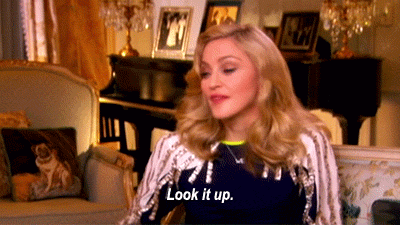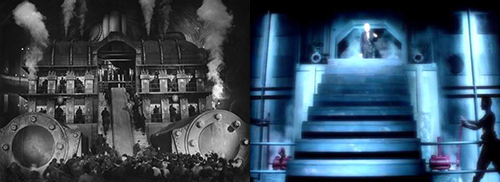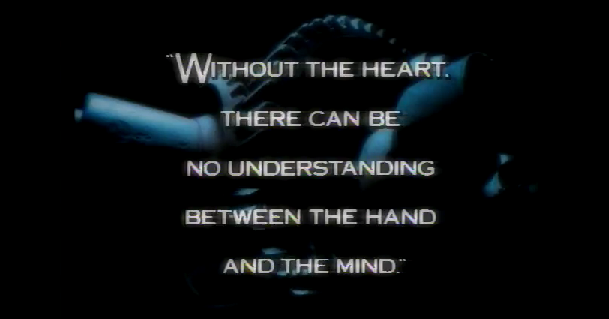In the Hit Me With Your Best Shot series we all chime in on what we think of as the best shot from a pre-selected movie. Last week 19 partipicants looked at Moulin Rouge!. This week, it's Fritz Lang's...
THE WOMAN IN THE WINDOW (1944)

We begin with a great moment in Art Direction. The most curious attribute of The Woman in the Window is it's sexlessness. Despite having all the trappings of a traditional film noir including the femme fatale (Joan Bennett as "Alice Reed" pictured above) there's no sex in the movie, not even the implied offscreen kind. Naturally then, it has to be abstracted so how better to do so than placing a nude statue in Alice Reed's (Joan Bennett) apartment. It keeps her in the room even when she wanders out of it. It also gets framed between her and the three doomed men who want her throughout the course of the movie: the john, the pickup and the blackmailer.
Even the murder near the beginning of the film which informs every moment that follows is a kind of abstraction. We see it happening but it's not technically a murder so much as an accidental necessity involving self-defense. It's the covering up of this "crime" that's the actual crime, so The Woman in the Window seems to cheekily be happening behind glass, always a bit removed from itself.
Best Shot
Take this worrying witty shot of our sorry protagonist Professor Richard Wanley (Edward G Robinson).
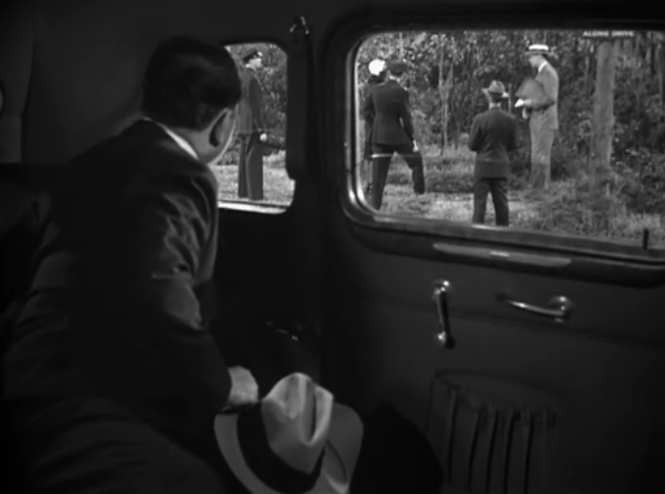 outside his own story
outside his own story
He has just PURPOSEFULLY removed himself from the story in progress, his story!, by feigning sickness. But though he keeps mopping his brow nervously in the safety of the car, he can't help but keep twisting around to peer back in on the murder cover-up story, his story. His best friend happens to be the DA and has taken him to the scene of the crime where an investigation is underway.
Throughout the movie people will keep telling the Professor the story, which he already knows being the protagonist, and he will keep nervously listening and watching and nearly giving himself away.
All these layers of telling lift what might be considered a minor Lang picture into something that's quite fun to watch if you're in the right mood. It's a noir that happens more in your head than in your heart or loins.
My favorite sequence illustrating the humor of these "layers" of telling is when the word first gets out about the murder. The police are offering a $10,000 reward for information. Bear in mind that we've already seen the murder and the coverup firsthand. So has Alice, who is seen reading about it in the paper. The paper reads "Boys Scout Finds Slain Millionaire's Body". Cut to: a movie screen telling us the same thing (they used to show newsreels prior to movies starting). HEY, THAT'S US WATCHING THIS MOVIE. Cut to the Boy Scout in the news reel filling out his own details...
 Layers of Telling in "The Woman in the Window"
Layers of Telling in "The Woman in the Window"
I was practicing woodcraft in the woods just off the Bronx River Parkway extension when I found Mr... Mr. Mazard's remains. No I was not scared, a boy scout is never scared. If I get the reward I will send my younger brother to some good college and I will go to Harvard.
Imagine it. A Harvard education AND a second "good college" for only $10,000 bucks? Sweet deal.
Accomplices To This "Best Shot" Crime
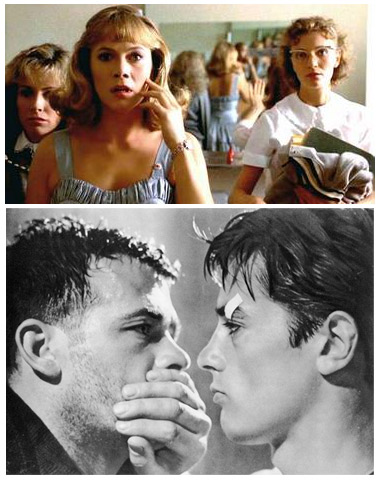 What's next in this series?
What's next in this series?
Wed June 15th @ 10 PM: Peggy Sue Got Married (nominated for Best Cinematography at the Oscars) starring the one and only Kathleen Turner, 80s film-stealer Nicolas Cage and a few supporting cast members that went on to much greater fame in the 1990s.
Wed June 22nd @10 PM: Rocco and His Brothers (1960)
Luchino Visconti's homoerotic drama about a widow and her five volatile sons. Those readers who loved I Am Love (2009) should definitely check this out as Visconti was a major influence on Tilda's auteur. Auteur giants like Martin Scorsese and Francis Ford Coppola are also among Visconti's fanbase.
Join us!
All you need is a blog, tumblr, flickr or site where you can upload your choice for best shot, with or without an essay or capsule as to why you chose it. We link up to participating entries!
 Monday, September 23, 2019 at 8:58PM
Monday, September 23, 2019 at 8:58PM 